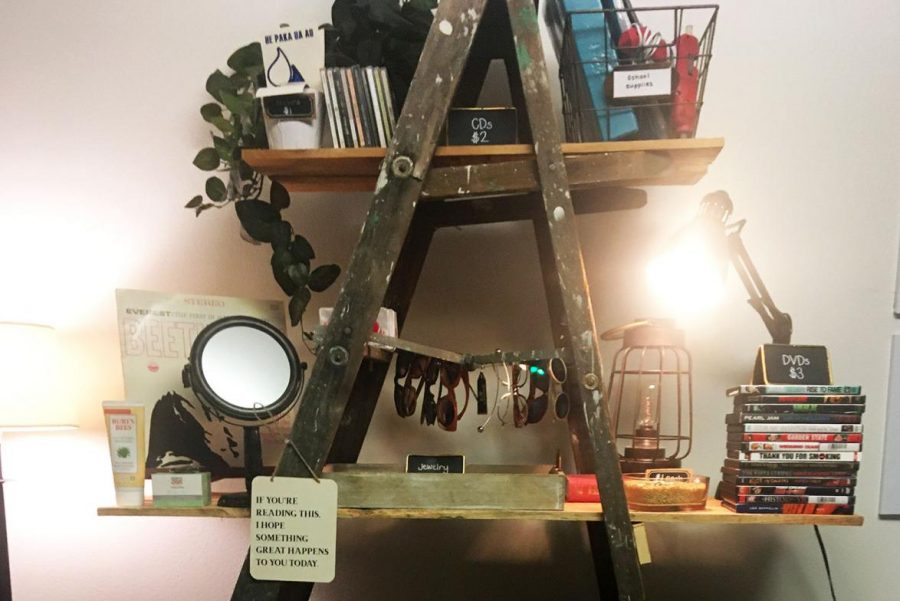Spring can bring bulbs bursting into flowers right outside your window … and on your windowsill. Even if you have no experience with gardening, the joys of window gardening come easily. Here are some suggestions for planting your own flourishing flowers.
Miniature spring garden
Materials:
Terracotta seed tray
2 terracotta pots, 13 cm (5 inches) high
Crocks
Compost
Bun moss
Plants:
3 primroses
Pot of Iris reticulata
Pot of crocuses
Method:
1. Cover the drainage holes of the seed tray and the two pots with crocks.
2. Half-fill the seed tray with compost. Before planting the primroses, loosen the roots by gently squeezing the rootball and teasing the roots loose.
3. Arrange the primroses in the seed tray and fill it in with compost around the plants, pressing down around the plants to ensure they are firmly planted.
4. Arrange the bun moss around the plants so that all the compost is hidden.
5. Remove the irises from their plastic pot and slip them into a terracotta pot. Bed them with a little extra compost if necessary, and then arrange the moss around the base of the stems.
6. Repeat this process with the crocuses and then water all of the containers and arrange them together.
Spring flowers in an instant
Materials:
40 cm (16 inches) terracotta window box
Bark chips
Plants:
Pot of daffodils
Pot of yellow tulips
4 yellow pansies in pots
Method:
1. Position the pot of daffodils at the right-hand end of the window box.
2. Position the pot of tulips at the left-hand end of the window box.
3. Fill the center and around the pots with bark chippings until the window box is half-full.
4. Position the pansies between the tulips and the daffodils, and add bark chips until all the pots are concealed. Water moderately and stand in any position.
Scented spring planter
Materials:
Tinware planter
Clay granules
Compost
Bun moss
Plants:
6-8 pots of lily-of-the-valley
Method:
1. Fill the bottom of the planter with 5 cm (2 inches) of clay granules to improve drainage.
2. Cover the granules with a layer of compost and arrange the lily-of-the-valley plants evenly on the compost.
3. Fill in around the plants with more compost, making sure to press firmly around the plants so that they won’t rock about in the wind. Now cover the compost with bun moss, fitting it snugly around the stems of the lily-of-the-valley, as this will also help keep the plants upright.
How to water container plants
Stick your finger deep into the soil to test for dryness. If you are unsure, wait until you see the first signs of wilting, and then give the plant a thorough drink, letting the water drain out of the bottom of the pot.
Tips by junior Lily Ratliff, creator of the Linfield Community Garden
• Many plants require your window sunlight throughout the day. Most plants need consistent light-dark hours to photosynthesize.
• You can plant herbs and little shrubs that work well in windows.
• Compost is not always necessary. Just a handful of soil from Lowe’s or Wilco is completely fine for window plants.
• There is an alternative: hydroponic gardening. It’s a little bit pricy but convenient if you don’t have yard space. This is a gardening method of growing plants without soil in water that contains the nutrients they need with special lighting. It works well with herbs such as basil, rosemary and thyme.
by Jaffy Xiao/Features editor
Jaffy Xiao can be reached at [email protected].







